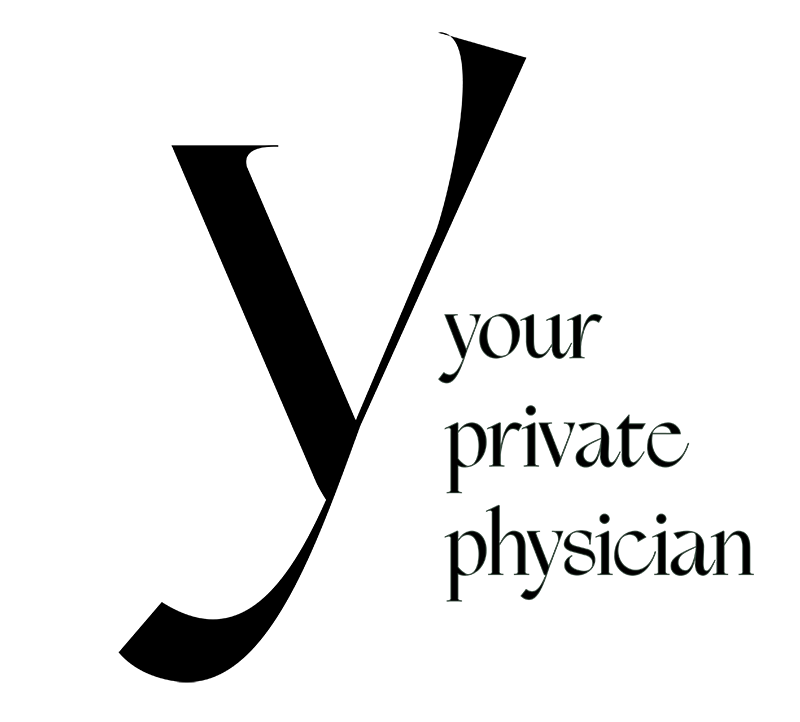
Written by Maria Cohut, Ph.D. on September 24, 2020 — Fact checked by Zia Sherrell, MPH
US election 2020: Tips on how to vote safely
With the United States presidential election fast approaching and the world still in the midst of a pandemic, it is important to consider how to exercise the democratic right of voting while staying safe. In this feature, we offer some tips and advice.

Voting is a democratic right and duty: it helps decide the direction that a country or a region’s economic, healthcare, and domestic and international policies take.
In the U.S., the upcoming presidential election — scheduled for November 3 — has been a top concern in the media.
While elections always offer fertile ground for debates and discussions, this year’s event has created even more of a buzz because it will take place during a world pandemic.
Scientists and medical doctors have not yet found a vaccine for SARS-CoV-2, the new coronavirus that has caused the pandemic. Also, there is no targeted treatment for COVID-19, the respiratory disease that the virus causes, which has claimed hundreds of thousands of lives to date.
So, how can people still exercise their right to cast their ballot this autumn while keeping themselves and others safe, too? Read on for our top tips and advice.
If you would like to check your registration status or register to vote, we have added some useful links at the bottom of this article.
How to vote safely
The Centers for Disease Control and Prevention (CDC) have drawn up an extensive guide informing polling stations and voters how to adhere to the best health and safety practices during this year’s presidential elections.
While many of the prevention strategies — such as frequently cleaning polling station surfaces — are in the hands of election officials and poll workers, there is a lot that voters themselves can do to stay safe.
In-person voting

The first consideration for voters is to determine whether or not they feel well physically. If a person feels well and has no symptoms of a potential viral infection, they may choose to vote in person at the polling station.
To ensure that their voting experience goes smoothly, a person might want to check that they have all the documentation they need to vote in their jurisdiction before heading to the polling station.
Fill in any necessary forms in advance, if possible. All of this can help avoid unnecessary delays and standing in line.
To avoid long lines on election day, people could also choose to vote early, if that option is available in their jurisdiction.
For those who want to vote on the day, reporting to the polling station at off-peak times, such as mid-morning, might reduce waiting time.
Information on what voting entails, and what documents and ID a person needs to vote in the U.S. presidential election is available here.
Other safety measures are the same as the CDC advice in any other context. These include maintaining a physical distance of at least 6 feet from others if standing in line and keeping hand sanitizer with at least 60% alcohol content handy.
Individuals should wash their hands before and after entering the polling station, if possible, and use hand sanitizer before and after touching objects or surfaces.
Good hand washing practices and the use of hand sanitizer can help kill viruses and any potentially harmful bacteria.
Wearing a face mask or other face covering in public settings is also an important step in preventing the spread of the new coronavirus, as CDC guidelines explain. This applies to polling station settings as well.
Children younger than 2 and people who have difficulty breathing should not wear a mask or face covering.
Finally, people may also want to bring their own black ink pen and electronic stylus to the polling station instead of using one provided at the venue. However, not all polling stations allow this, so individuals should check in advance.
When asked about best voting practices, Healthline adviser Dr. Angela Bell said that one of her “top tips” is voting early. She also said to “wear your mask, stay at least 6 feet away from people when possible, avoid contact with people not wearing masks, bring hand sanitizer with you, [and] consider eye protection like goggles if you live in an area where there are high amounts of daily cases or if there is no mask mandate in your area.”
She also advised readers to “wear comfortable shoes, bring a portable chair to sit in if you are concerned about long lines, [and] try to get familiar with who and what is on your ballot prior to getting into the building so you spend less time making choices in the booth.”
For information on how to vote safely, download our Safe Voting Guide here:DOWNLOAD SAFE VOTING GUIDE HERE
Voting by mail-in ballot

An alternative to voting in person may be to vote by mail. Some states will allow citizens to vote by mail, but others may not, so people should check with their local or state election office to confirm.
People who choose a mail-in option may still be able to deliver their ballot to the polling station in person.
Best practices for those who choose to drop off a mail-in ballot in person include being in good health, wearing a mask or face covering when they go to the polling station and using hand sanitizer after touching any surfaces, such as that of the mail slot.
Always maintain a physical distance of at least 6 feet from others when waiting in line.
If a person feels or has recently felt unwell, they should not go out to a polling station to protect their own and others’ health.
In these cases, they may be able to vote through an absentee ballot. People can check whether this is an option in their state and how it works here.
